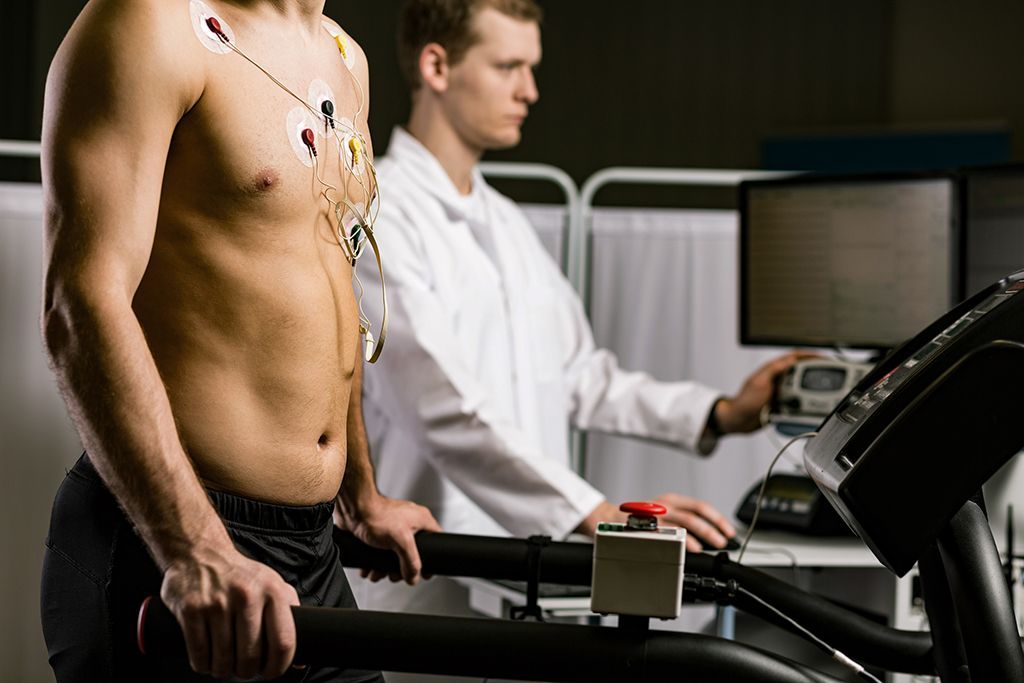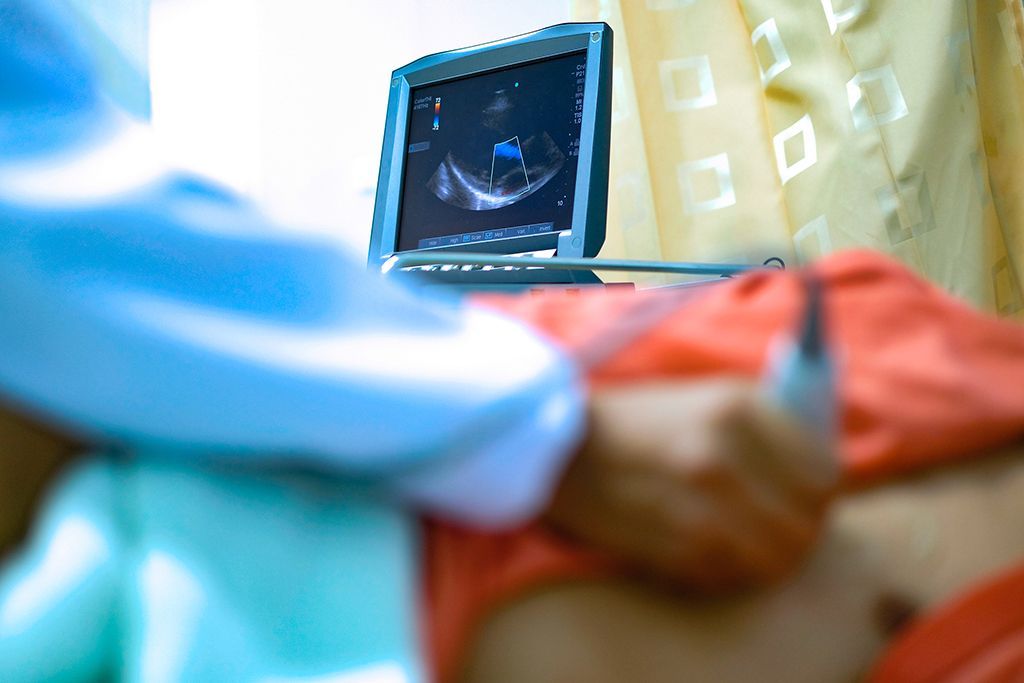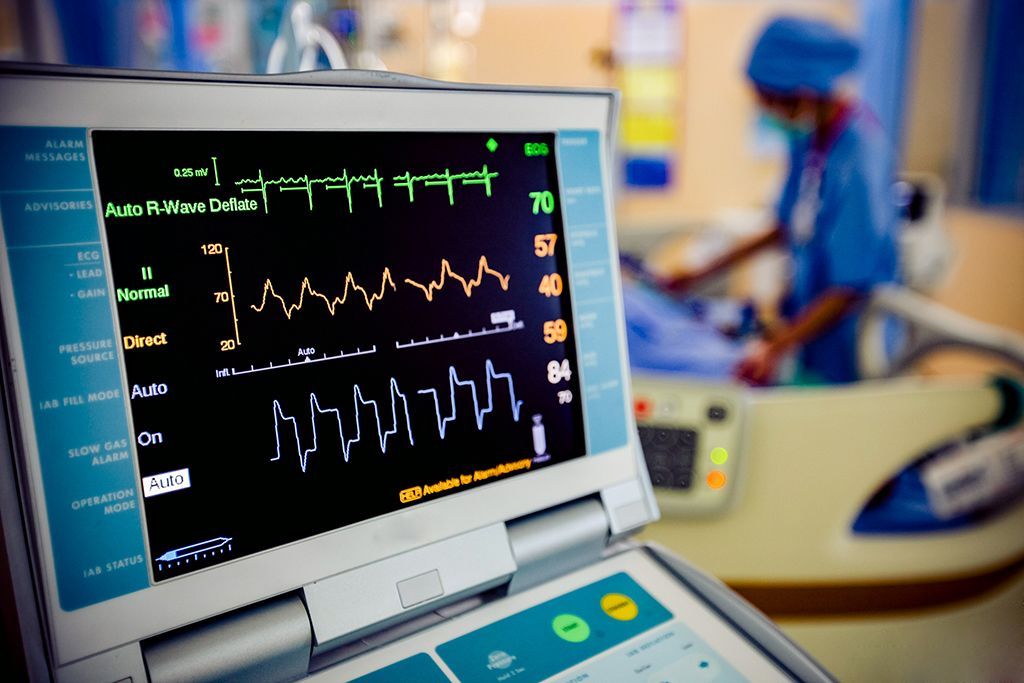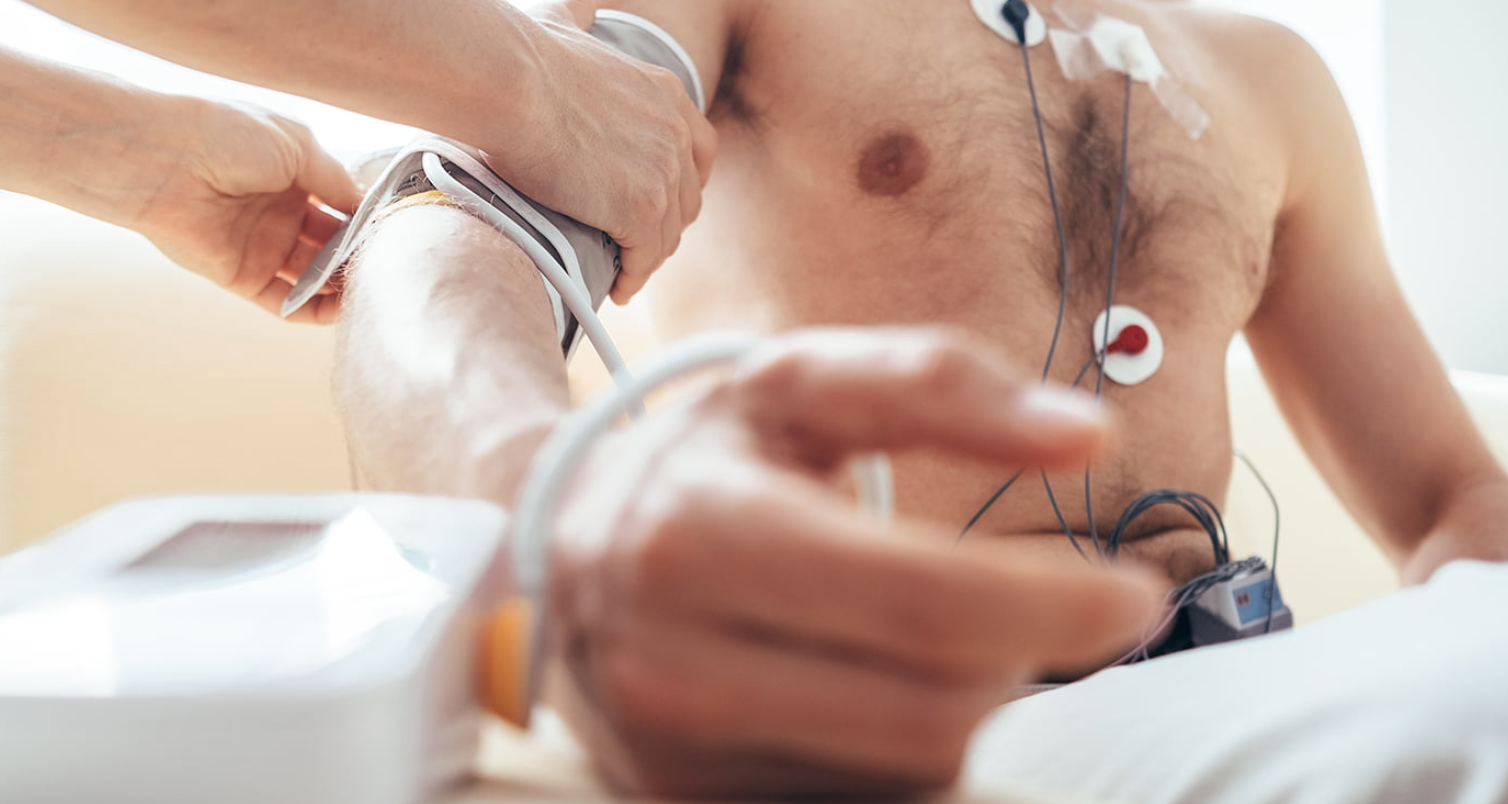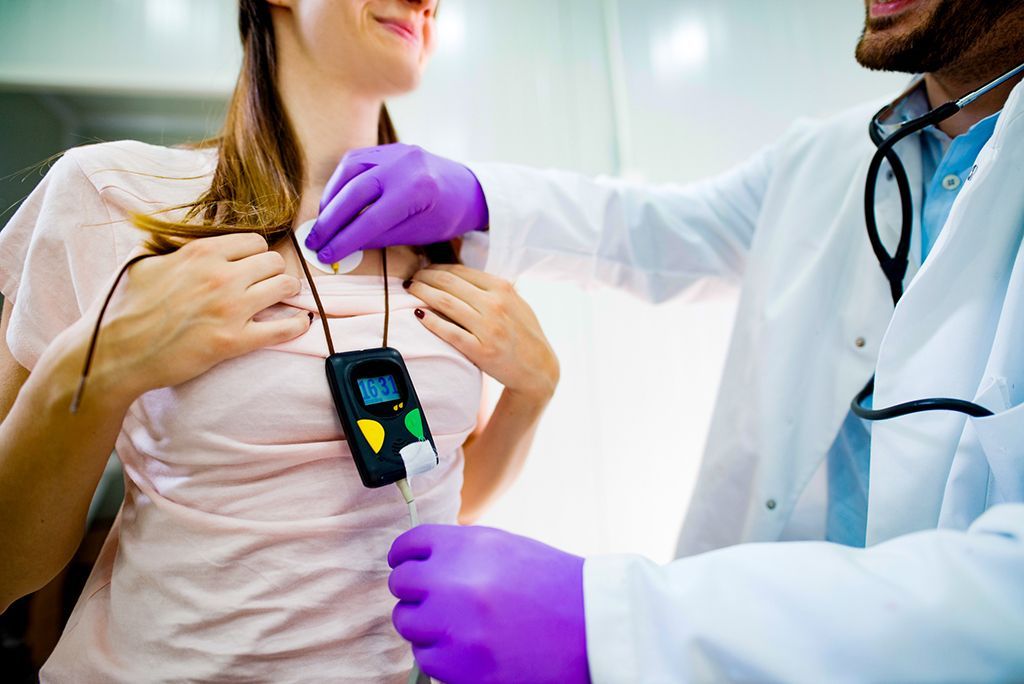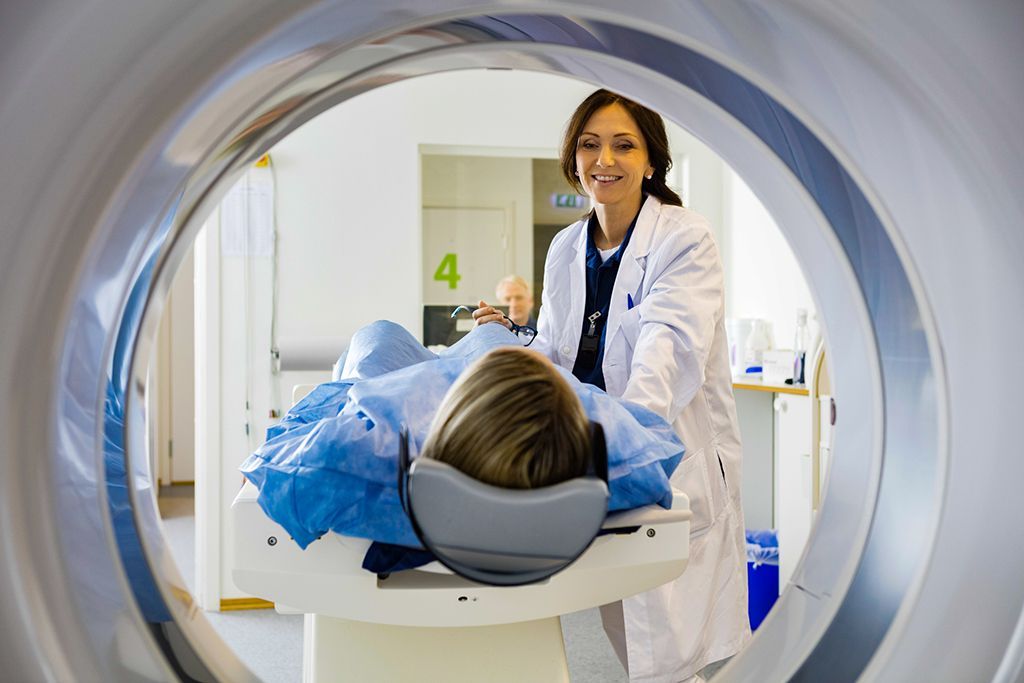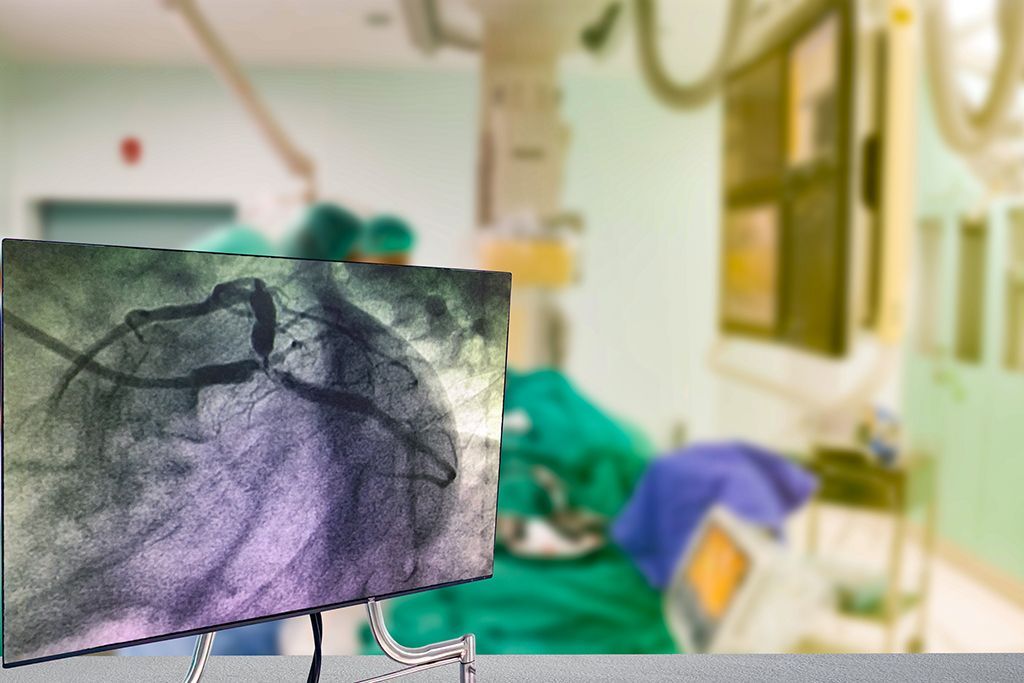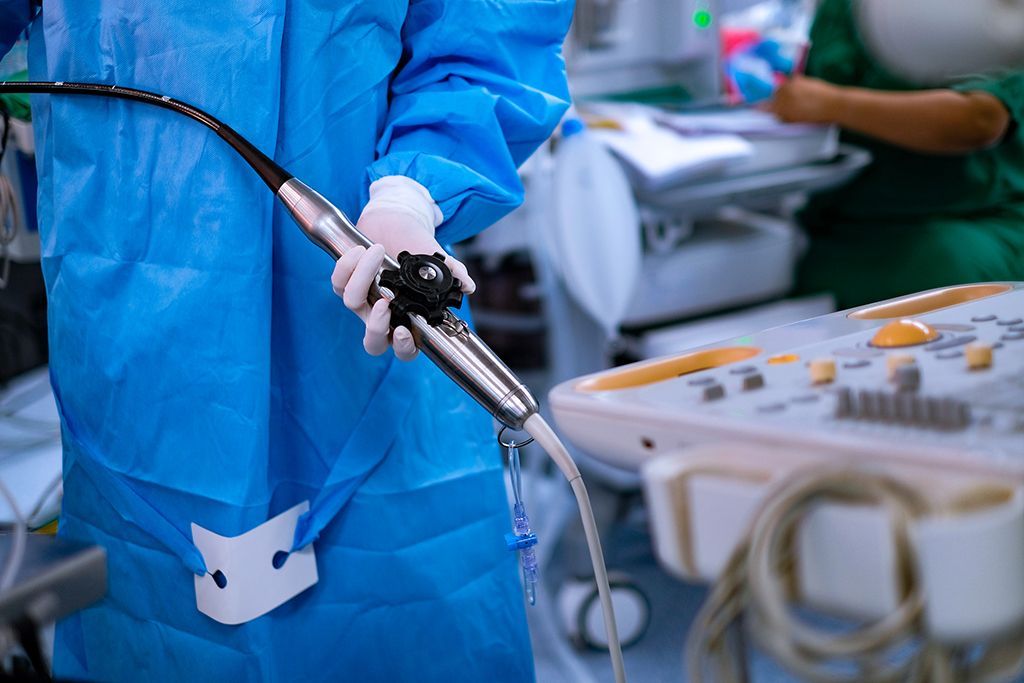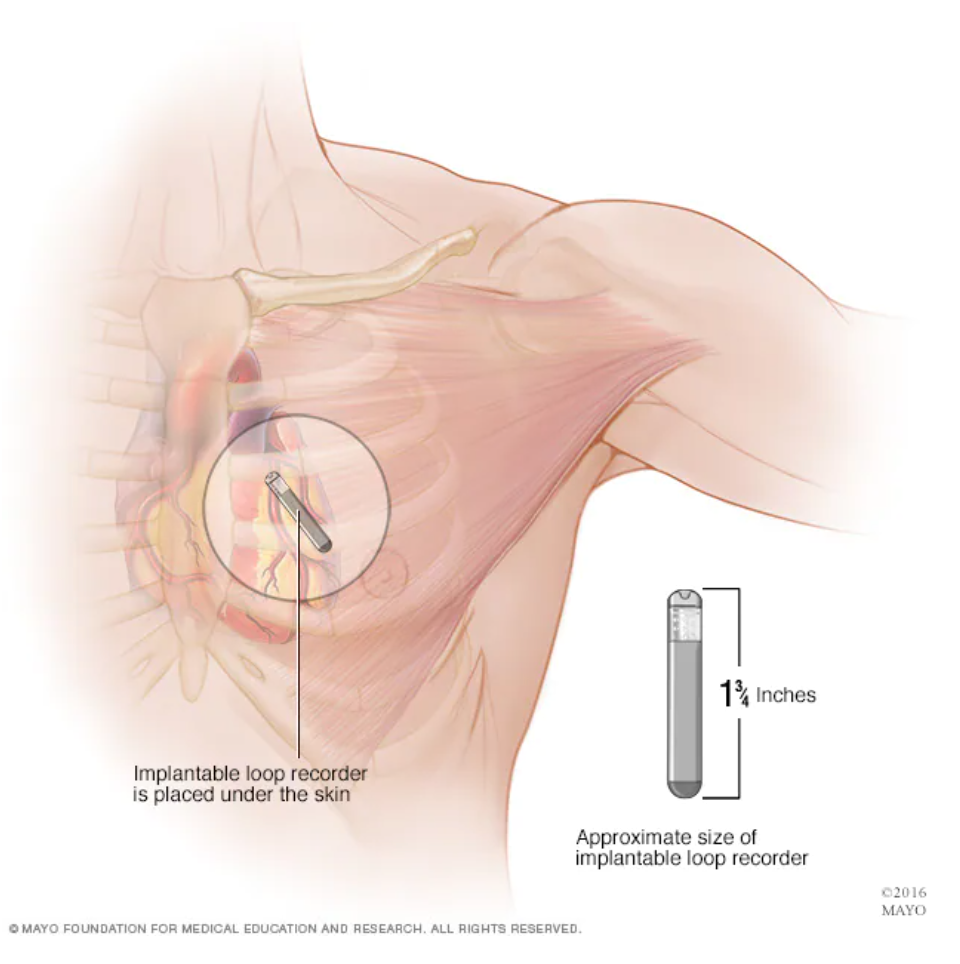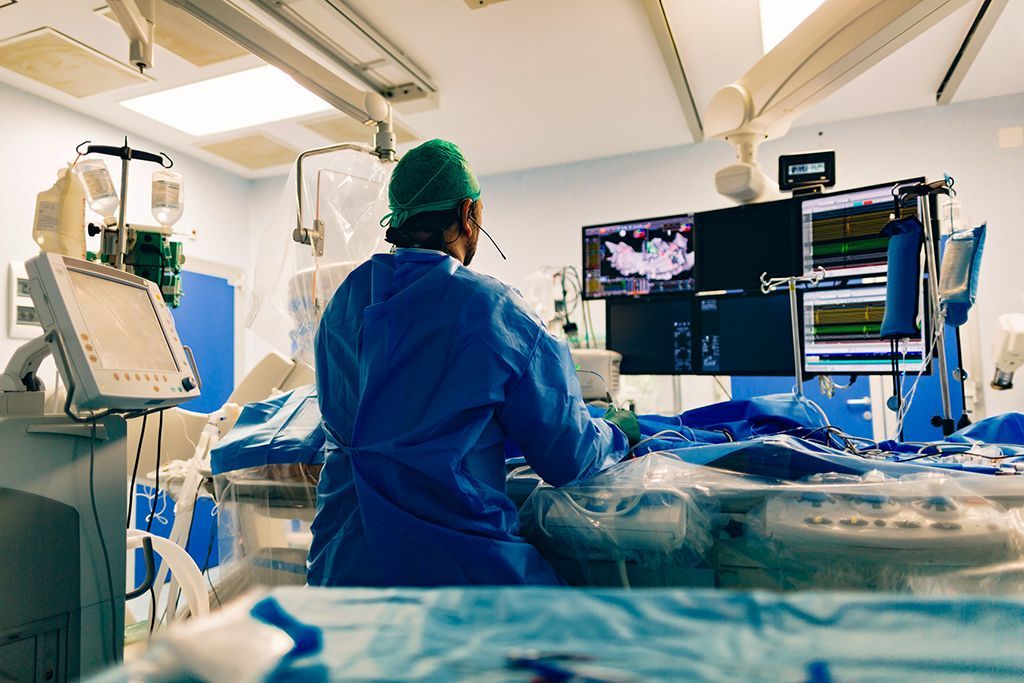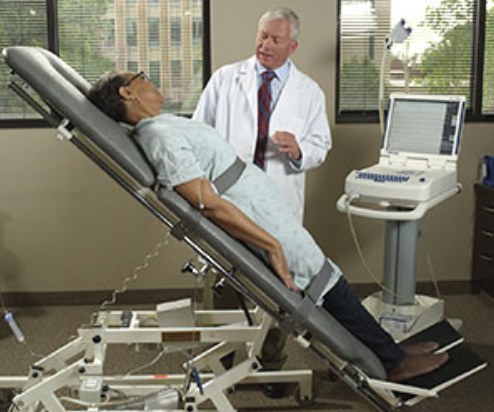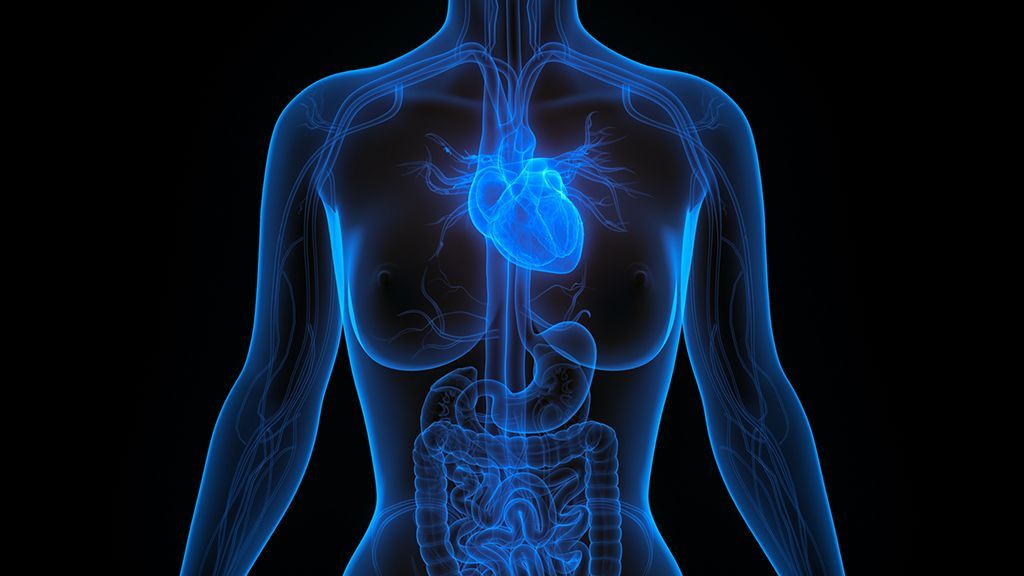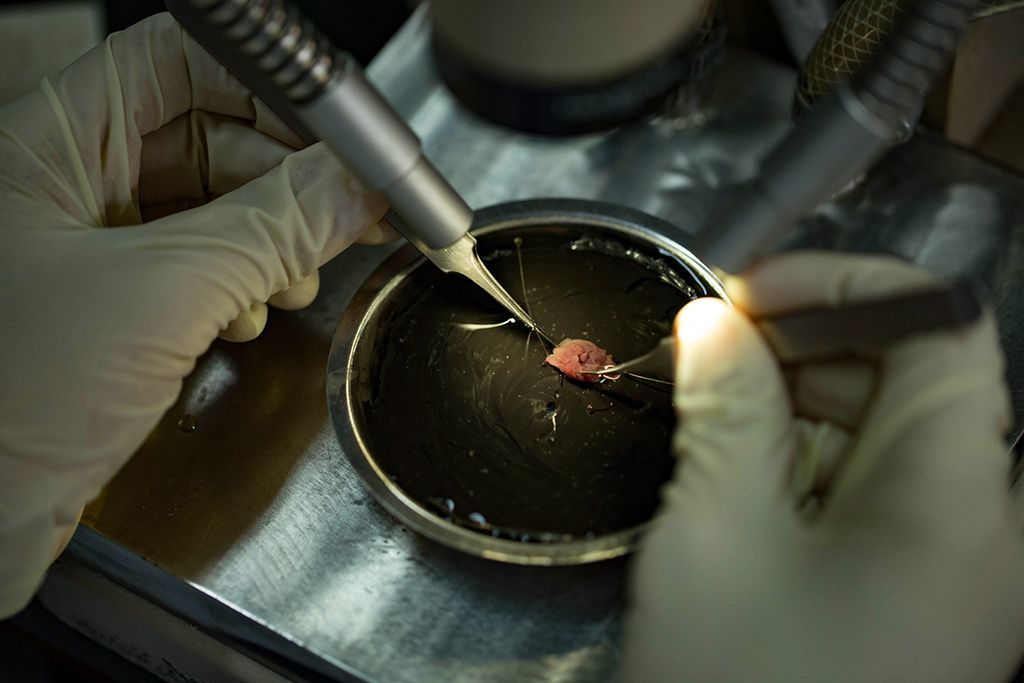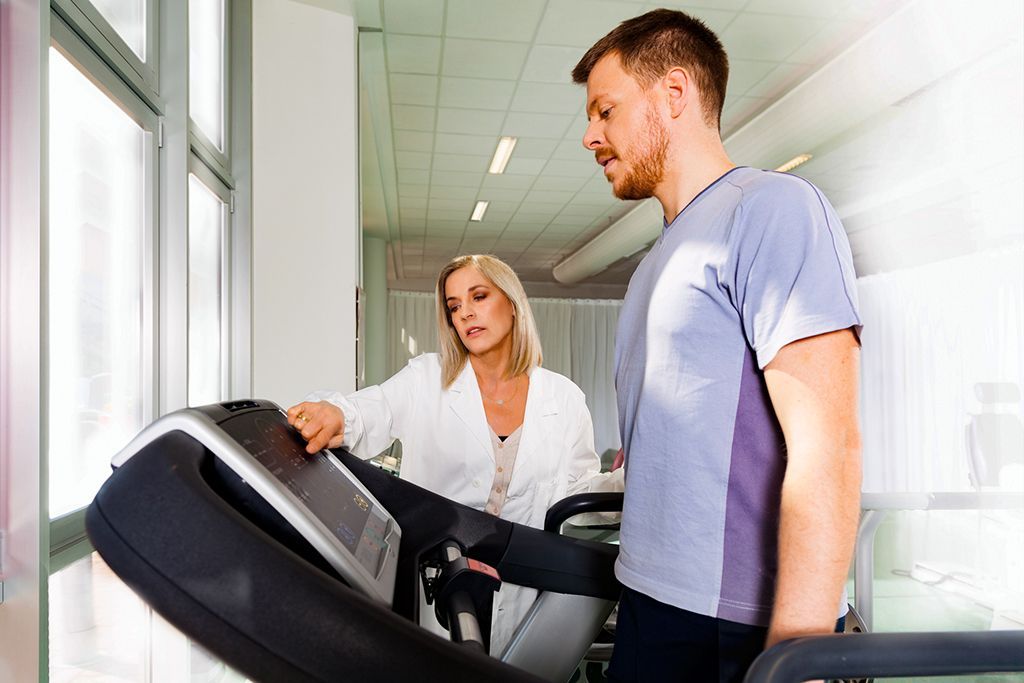A stress echocardiogram is done immediately after exercising to see how the heart functions.
A stress echocardiogram (stress echo), is an echocardiogram conducted immediately after exercising. The general purpose is to see how the heart functions during exercise. In HCM stress echos help to see whether blood flow from the left ventricle is obstructed during exercise (a provocable obstruction). It can also help indicate that blood supply to the heart muscle is obstructed. Exercise is usually on a treadmill or stationary bike. Your blood pressure and heart rhythm will also be monitored throughout the test.
Once your heart rate is high enough, the technicians will quickly lie you down on a table and take ultrasound images of your heart. Because the echo must be performed immediately after exercise, it is done quickly. This means that the picture obtained is not as detailed as in an ordinary echocardiogram.
Be sure to wear comfortable clothing and walking shoes to the test. Your doctor will inform you about any restrictions for drugs, food, or water. In general, avoid caffeinated drinks and medications before the stress echo, since they can affect the heart. The same applies to smoking. Your doctor may want you to postpone taking some heart drugs like beta blockers until after the test, but take them unless told not to. If you are diabetic, ask your doctor if you should take your medication before the test and if you should bring your monitor to the test. If you use an inhaler, be sure to bring it to the test and let your doctors know that you have it with you.
The exercising portion of the test will take fewer than about 15 minutes. The entire procedure will take about an hour. Before the test, a technician will place electrodes onto your chest. These are connected to an EKG monitor to follow your heart's electrical activity. Your resting heart rate and blood pressure will be taken and recorded, and a resting echocardiogram will be done. Then you will exercise on the treadmill or bike. While exercising, the technicians will monitor you and ask you how you are feeling. They will also take your blood pressure regularly. The exercise will stop after you have reached a heart rate goal that depends on your resting rate, but you can stop it at any point if you feel you cannot continue. If the technicians see any problem with your heart during the test, they will stop it even if you feel you can continue. When you stop exercising, you will get off of the treadmill or bike, and lie on your left side on the exam table so the technician can perform another echocardiogram. They will continue to monitor your heart until normal levels are reached again.
Your cardiologist will review the results with you. This may occur shortly after the test, or some weeks later. Generally, any evidence of serious new problems will cause them to review results with you more quickly.
Chen, M. A., Zieve, D., & Conaway, B. (2020, January 27). Stress echocardiography. Stress echocardiography: MedlinePlus Medical Encyclopedia. Retrieved October 15, 2020, from https://medlineplus.gov/ency/article/007150.htm
Cleveland Clinic. (2019, 21 3). Exercise Stress Echocardiogram. Exercise Stress Echocardiogram. Retrieved October 13, 2020, from https://my.clevelandclinic.org/health/diagnostics/16983-exercise-stress-echocardiogram
Kinman, T. (2018, September 17). Stress Echocardiography. Stress Echocardiography: Purpose, Procedure, and Results. Retrieved October 13, 2020, from https://www.healthline.com/health/stress-echocardiography
Related Diagnostic Tools
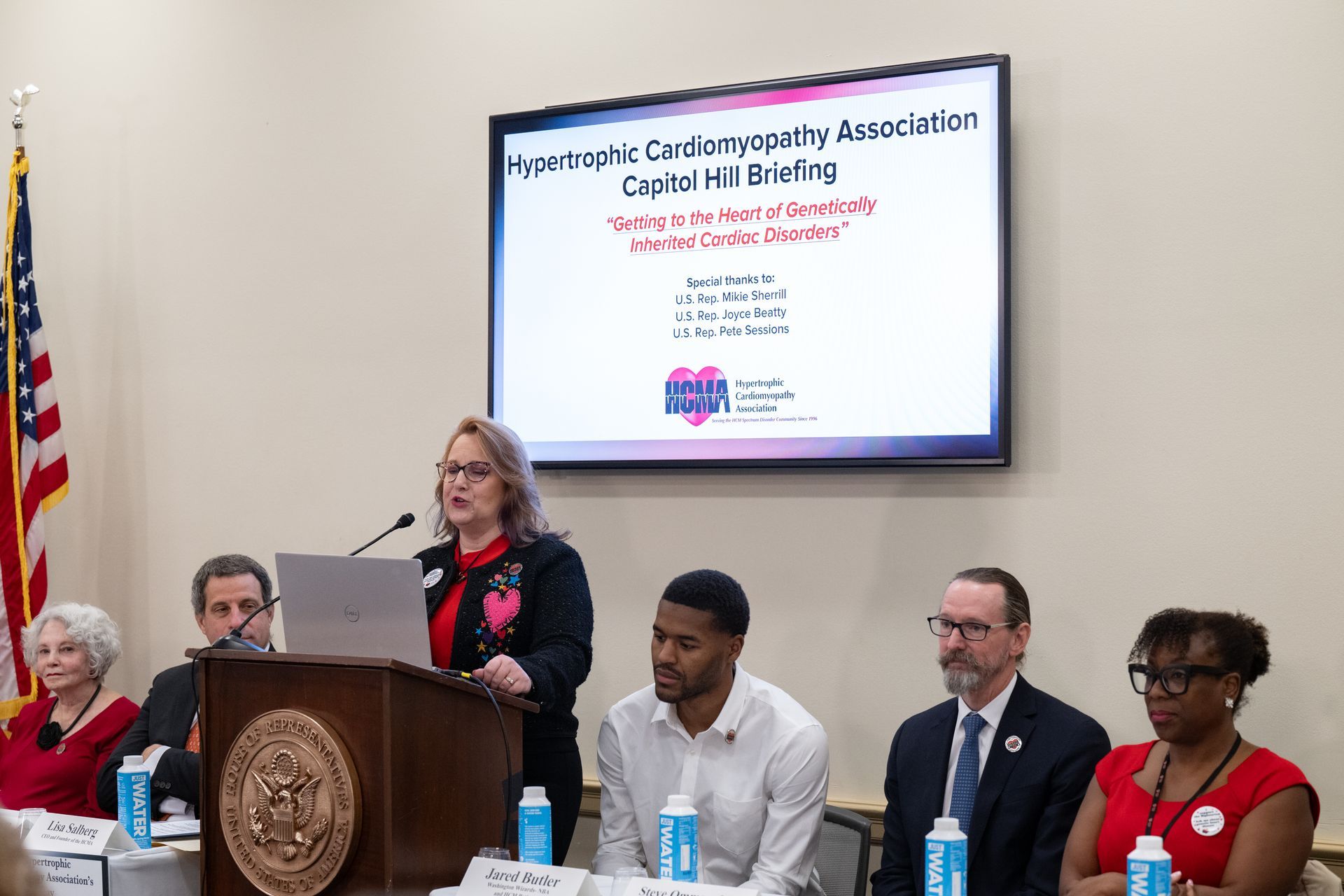
 Translate
Translate